The Course Report
TPC Scottsdale


About The Three Course Rotation
The California swing is over. Also ending is the fun for some and not so great for others Pro-Am’s. The PGA Tour has returned to its traditional format. One course. A round 2 cutline. Let’s break it down.
This is a desert track that plays at an altitude that could affect ball flight, distance, and spin. The cold desert nights create one of the rarest events we see on the PGA Tour…where the afternoon wave benefits thanks to dryer, warmer conditions that are a breeding ground for scoring.
Scottsdale challenges you with firm greens. Although they are larger than average, the greens do not necessarily allow players to drill a green and stick it on a landing spot.
Take a trip to Datagolf and you’ll see that TPC Scottsdale ranks as the third highest predictive course on tour. Augusta and Waialae are the only two that rank just ahead of it. Yet, one unique aspect of this course is its correlation with other predictive tracks. I would look at success at TPC Sawgrass, Torrey Pines, and Quail Hollow to get a better grasp of the field.
Certain years have created difficulty for players off the tee. While distance, I believe is mitigated due to the desert air, I am going to value players that are strong off the tee regardless of their length. I’d rather have my picks and plays attacking these greens from short fairway grass rather than the rough. Players that are finishing in the top 20 or better are gaining strokes off the tee while the rest of the field tends to struggle. The rough right now is non-existent. It isn’t going to be penal per se, but it is going to create issues with spin on approach. This could lead to roll outs that are misjudged.
If anyone mentions that these greens are Bermuda, dismiss them quickly as valued advice. The Bermuda grass has gone dormant at this time in Scottsdale, and the grass is overseeded with a Rye/Poa mix including a plethora of other grass. The point being is that emphasizing Bermuda grass is going to create a model that lacks value if you’re trying to smash the sportsbook or your guaranteed prize pool.
The key to winning this tournament is elite ball striking, finding greens in regulation, and smashing with the short stick. While the formula seems somewhat archaic, or even simplified, it has been main stay in terms of success here at TPC Scottsdale. Focusing on the 125-200 yard approach gaps could be a potential benefit when looking at recent form as well as course history.
The greens firmness is where the course gets some teeth. You’re going to have massive roll out, and if players don’t know where to land these approach shot, they aren’t going to place the ball in ideal spots to score. If you’re going to play someone with no course history, do some research on who their caddy is this week. Players are switching up their bag-man all the time just to gain an edge. The reason I mention this is that this could quite possibly be the first time where no greens books are going to play a factor in past course history.
It will be curious how the weather plays out. Early forecasts show a windy day Thursday, especially in the model, and a R3 that is going have breezes up to 30 MPH. Other than that, you’re not really seeing anything that is out of the norm here in Arizona.
This is without a doubt one of everyone’s favorite tournaments on the PGA Tour. The environment is different and every year we see special moments from pre-tournament to Sunday. Enjoy the show.
TPC Scottsdale
Architect: Tom Weiskopf
Greens: Bermuda Greens overseeded with Rye/Poa
Green Size: 7,100 sq. feet – Large Greens
Stimpmeter: 11.5-12 – Above Average Green Speeds
Length: 7,266 yards- Par 71
Water Hazards: 6 comes into play
Bunkers: 69 Bunkers

Weather Forecast
Nuggets and Tidbits
- The entire tournament is a fans dream, and because of this it is simply one of the most unique tournaments on the PGA Tour. Fans sprint to locations once TPC opens its gates.
- This is one of the rare courses where we often find the afternoon tee times have an advantage over the morning due to…cold weather. That isn’t a typo, as the cool desert Arizona nights create less distance, far less roll out, and putting issues.
- Plenty of PGA pros are Arizona residents.
- Several players have won multiple times here in Scottsdale. These include Brooks Koepka, Phil Mickelson, and Hideki Matsuyama.
- Deki is the only the second PGA player in the history of the tournament to win back-to-back championships in ’16 and ’17. The only other player to accomplish this same feat was Johnny Miller in ’74 and ’75.
- In the last 6 years, the winner was crowned after a playoff 4 times.
- Driving distance is much longer than tour average thanks to the dry desert air.
- Greens are easy to hit as the greens are far larger than tour average.
- The average distance of the par 4’s and 5’s combined is in the middle of the pack thus putting a greater emphasis on Par 5 scoring, and par 4 bogey avoidance.
Approach Shot Distribution
Past Winners
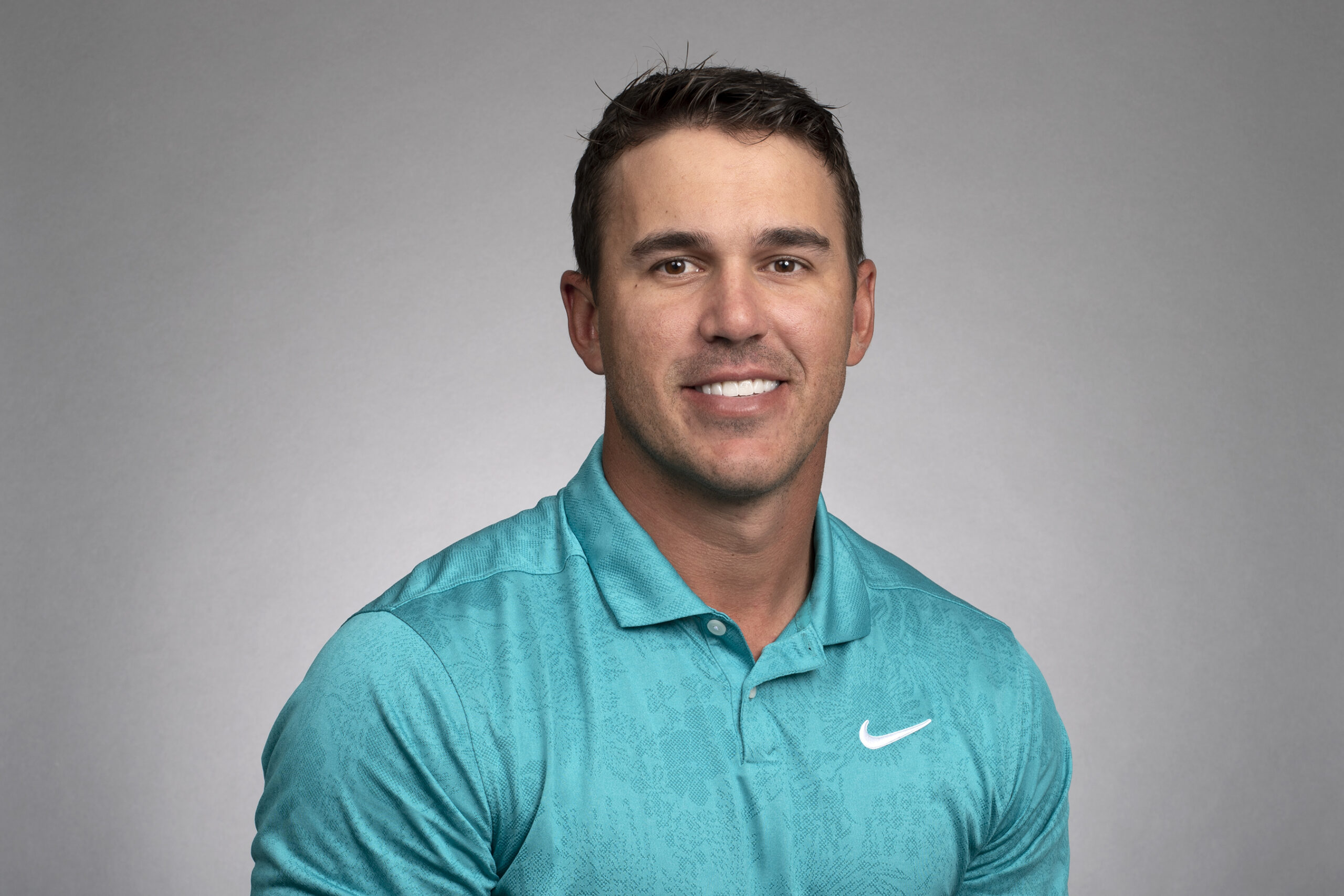
The first win on the PGA Tour was very sweet. This was the catalyst for Scheffler, and after this moment he simply took off as he won the Masters as well as player of the year.
It was a well earned win, as Scheffler held of Cantlay in extra holes to win the championship. The impressive 9-under round 3 shot him up to the top of the leaderboard.

The cut had solidified itself, and at that point Koepka wasn’t even a glimpse in the rear-view-mirror. During the final 36 holes, his 11-under was enough to outlast K.H. Lee and Xander Schauffele.
The win was highlighted with birdies on 13,14 and 15 but culminated with a chip in eagle on the 17th hole to take a two shot lead which he never gave back.
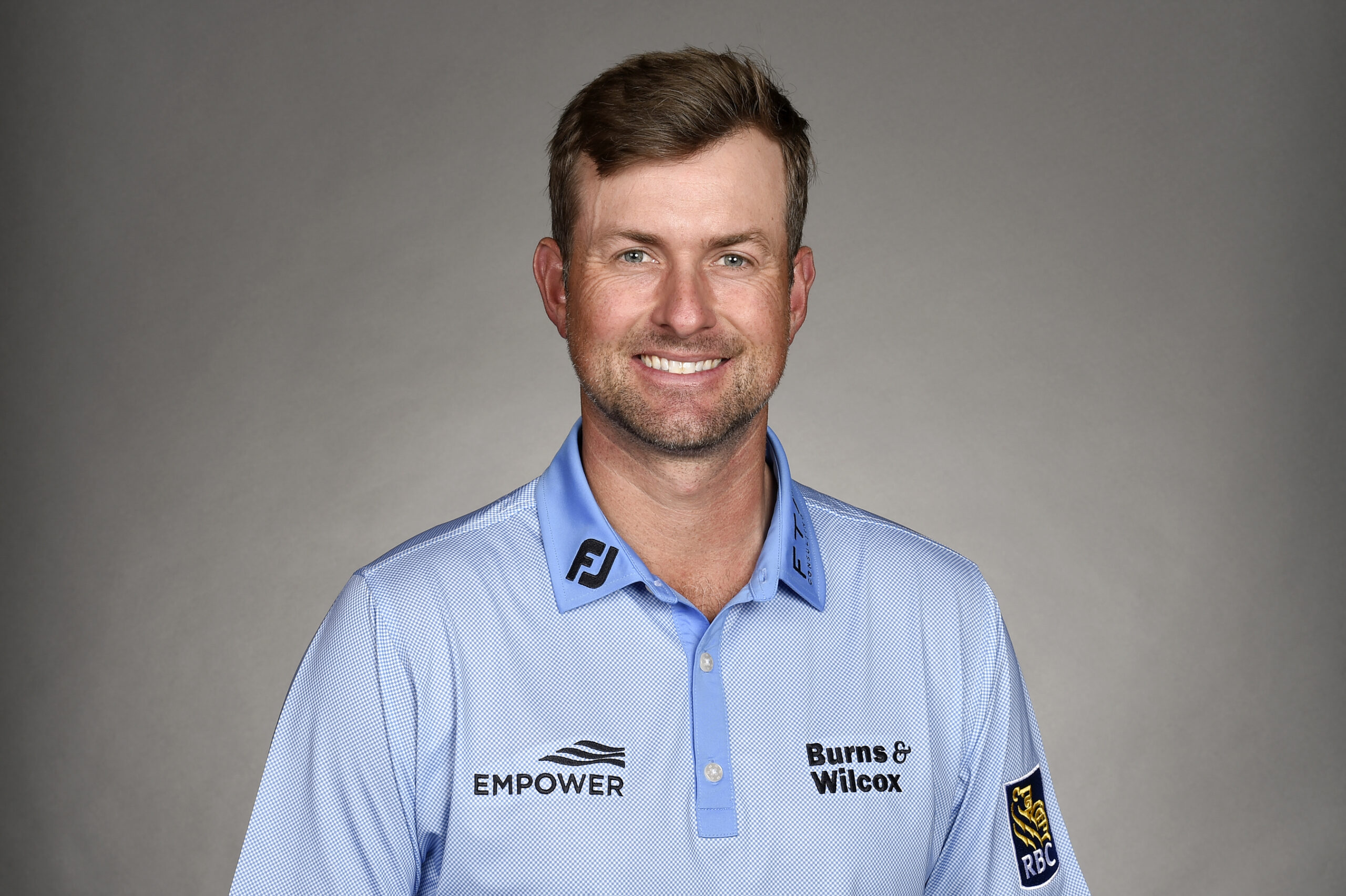
Webb won, but it was thanks to what we used to call, and potentially still call, Tony Finau Sunday’s.
Finau didn’t do enough to win on Sunday, even after Webb hit water on the par-5 15th. Yet, Simpson persevered and birdied the final two holes to force a playoff and win on the first extra hole.
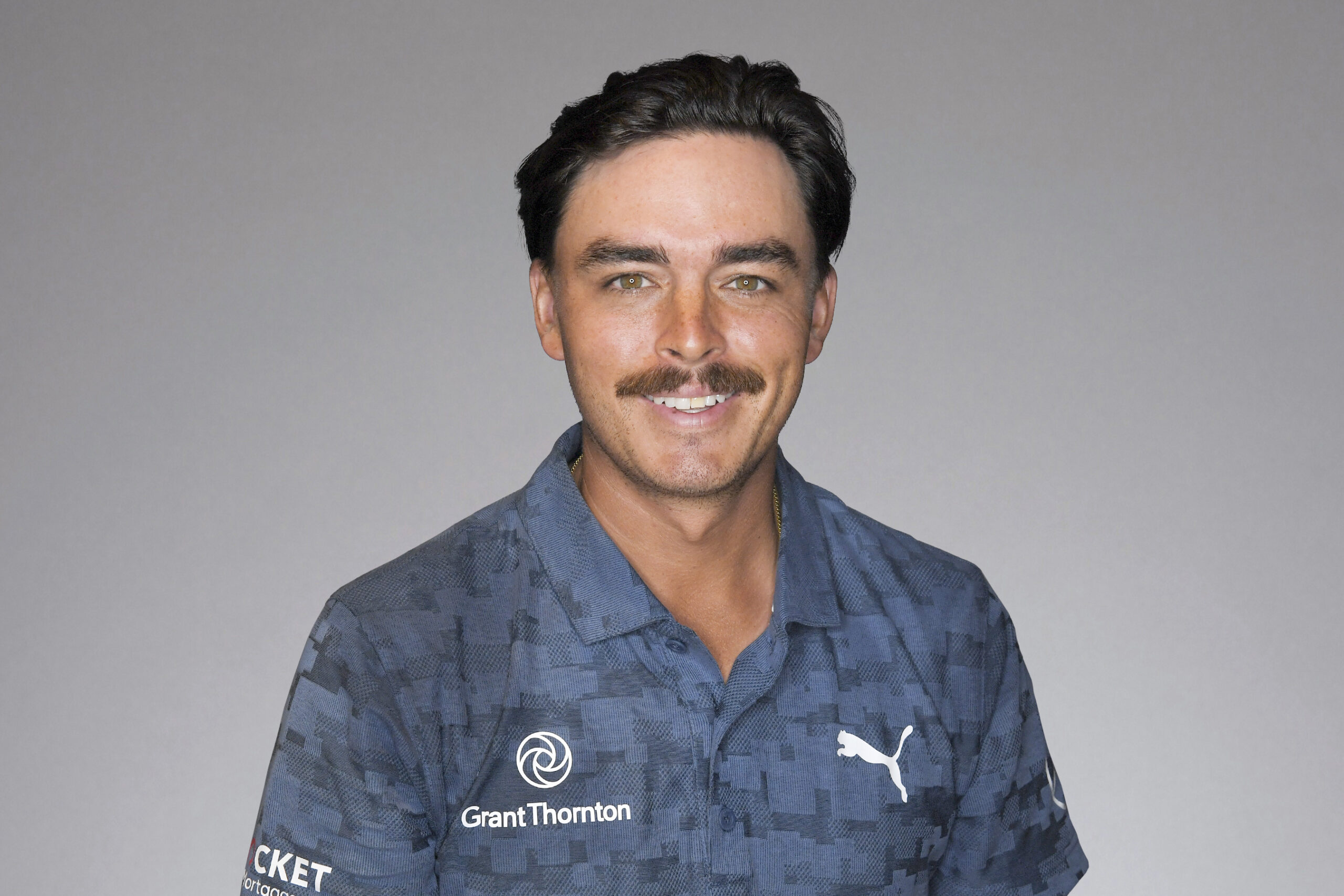
So, Fowler had a triple bogey on the 11th, and still was clutch enough to win the tournament. Not only was it enough, but he also still won by two strokes over runner-up Branden Grace.
If you take away the final round 74, Fowler just simply dominated the course shooting a 64-65-64.
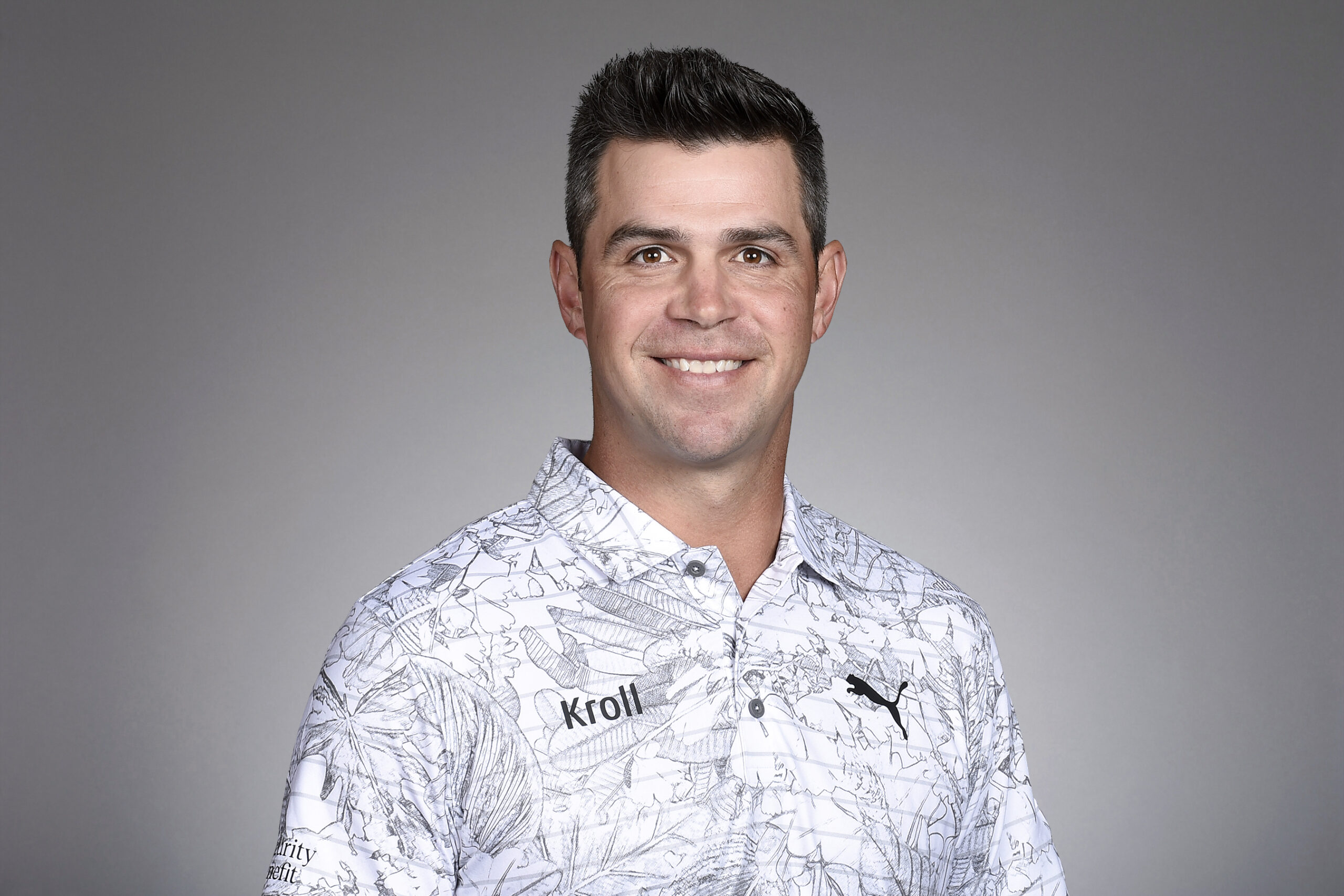
It had been five years since Woodland had last won on tour, but after an emotional year 2017, Woodland was crowned champion once again.
Woodland had been trending recently, and his course history here propelled him to the win. The key for Woodland was his dominant Sunday in which he shot a round low 64, and played simple golf to win on the first playoff hole against Chez Reavie.
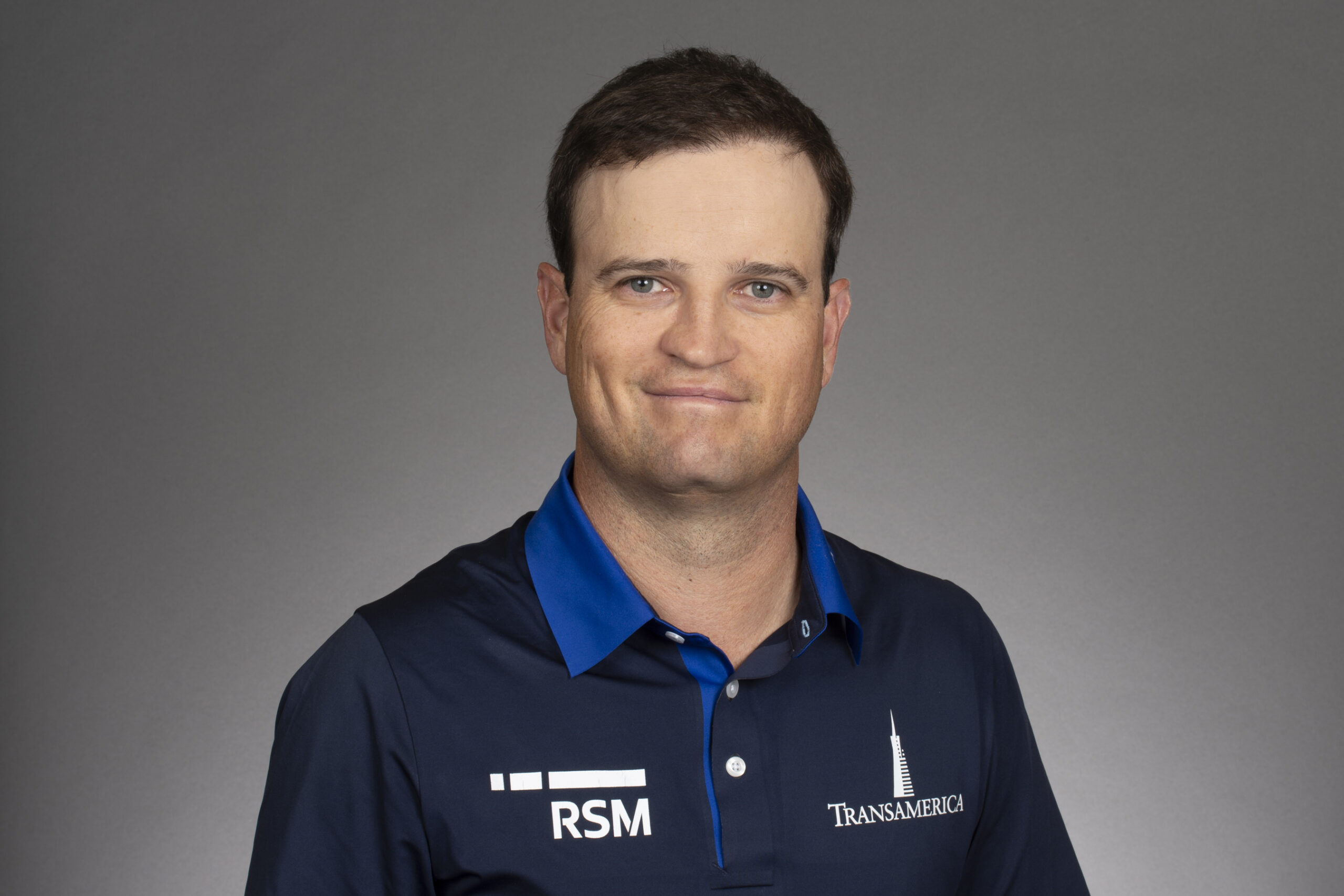
It took a 3-man playoff, but Johnson beat Louis Ossthuizen and Marc Leishman by shooting a 15, 1 under in a four hole playoff.
Johnson was a surprise win as just the week before his prep came in Illinois at the John Deere Classic. This was Johnson’s second major win, and his first Claret Jug.
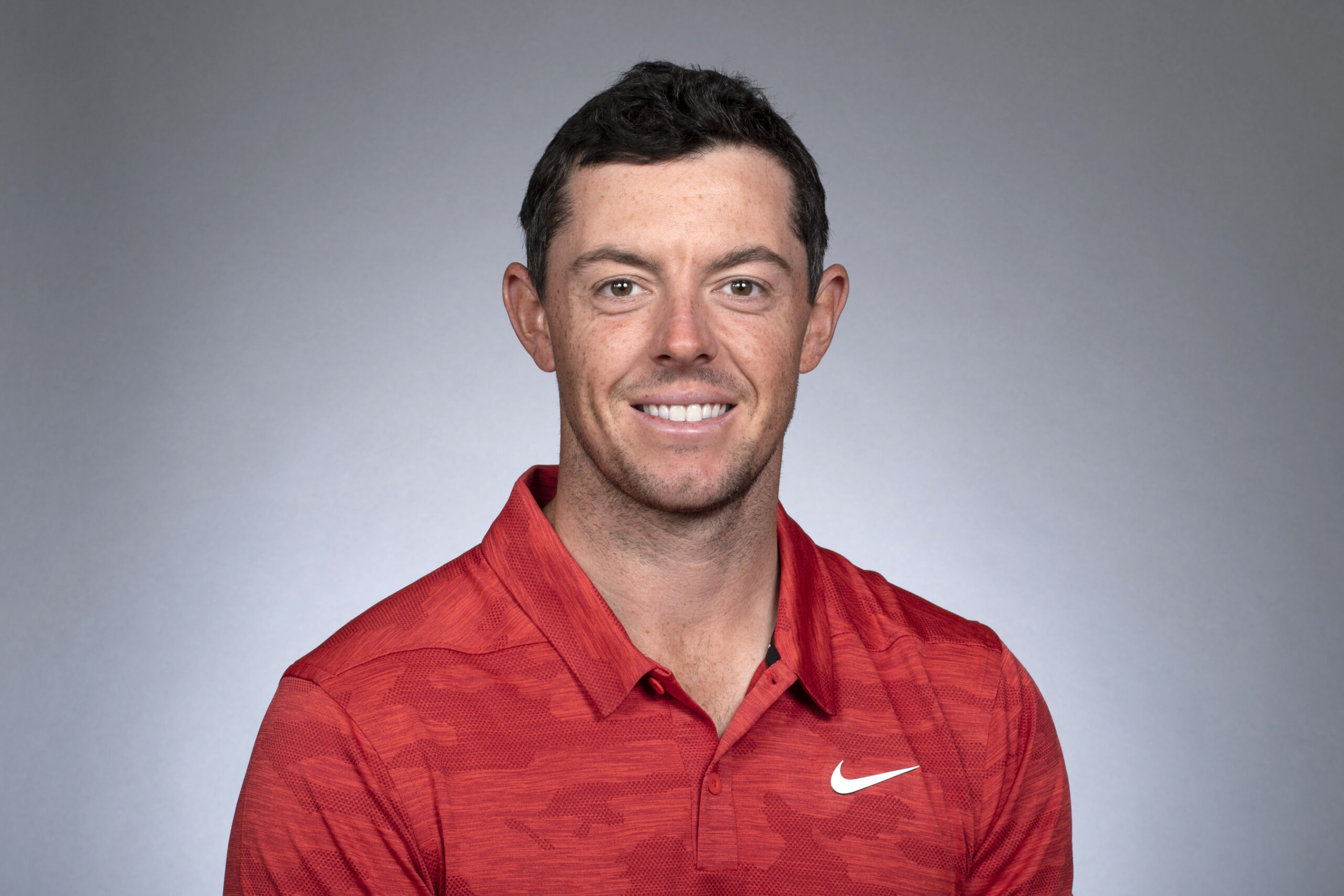
Entering with a six-stroke lead over the field, McIIroy went from dominant to just hanging on. Still, no golfer ever got withing two strokes the entire day, and he held his composure despite struggles off the tee and on the greens.
In winning, McIIroy became the seventh wire-to-wire winner in Open Championship history.
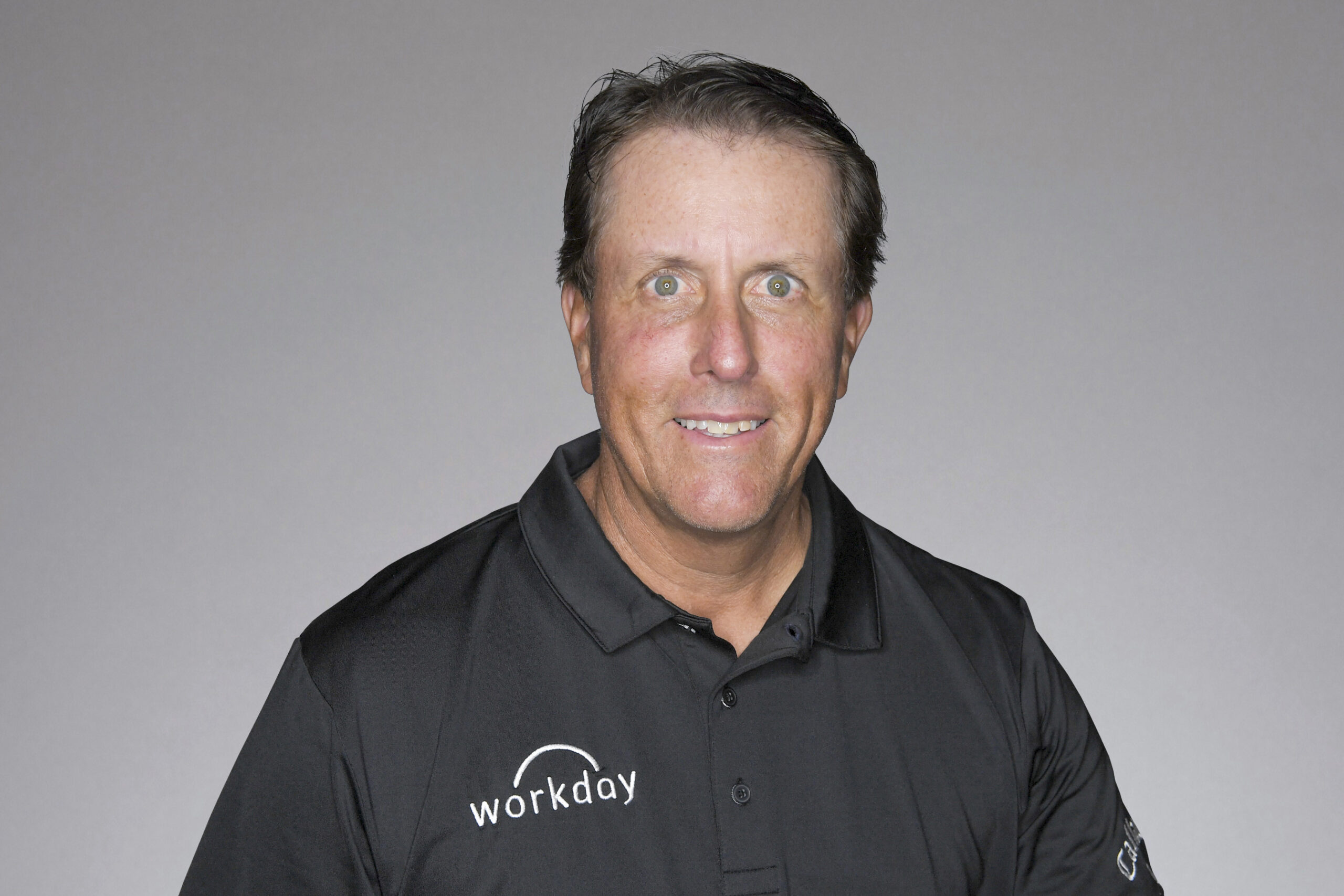
After winning the Scottish Open the week prior, Mickelson birdied four of the last six holes and became the Open Champion.
To this point, Phil had come close to winning, but had often doubted his abilites on links style courses.
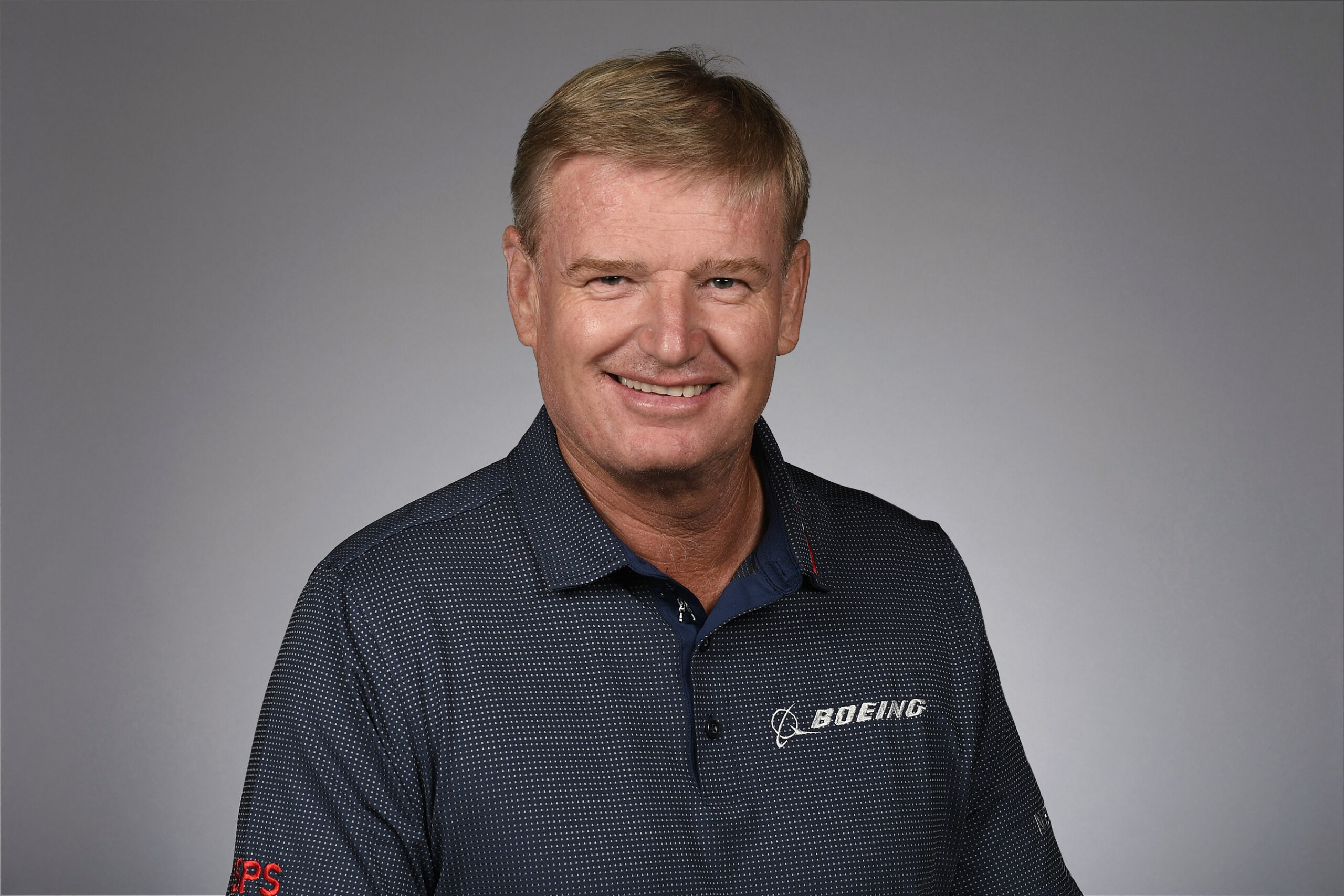
Els began Sunday 6 shots back, but still clinched the vicotry after Adam Scott imploded.
Els’ 68 was a comeback of epic proportions when you consider the fact that Scott was still winning by 4 strokes on the 15th tee.
